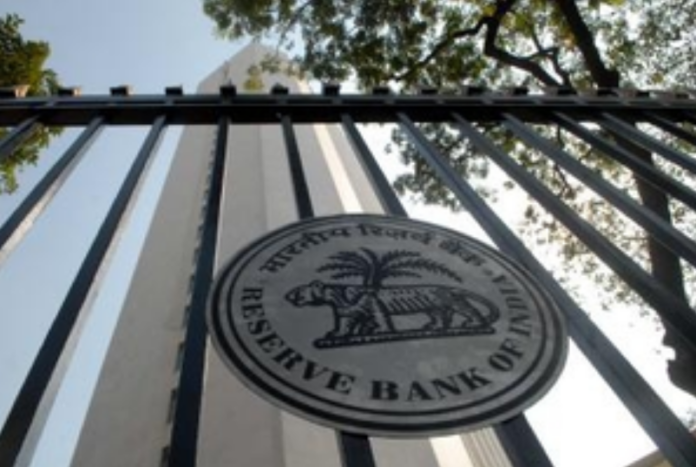New Delhi– The Reserve Bank of India’s (RBI) recent decision to reduce the repo rate by 25 basis points to 6 percent and shift its monetary stance from ‘neutral’ to ‘accommodative’ has strengthened expectations among global brokerages for further monetary easing in the months ahead.
Amid mounting global uncertainties, escalating trade tensions, and signs of slowing economic growth, analysts at Morgan Stanley and Crisil on Wednesday projected at least one or two additional rate cuts during the current fiscal year.
Morgan Stanley anticipates another 25-basis-point cut in the RBI’s June policy meeting, with the potential for a more aggressive easing cycle of 50 to 75 basis points if economic growth remains sluggish.
The central bank has revised its GDP forecast for FY26 downward to 6.5 percent from an earlier estimate of 6.7 percent, citing risks stemming from global tariff hikes and dampened investor sentiment.
On the inflation front, however, conditions appear favorable. Declining food prices have pushed headline inflation below the RBI’s 4 percent target, prompting the central bank to lower its CPI inflation projection for FY26 to 4 percent.
Given this backdrop, Morgan Stanley expects the RBI to remain proactive in managing liquidity and easing regulatory constraints to facilitate effective transmission of policy measures.
Crisil shared a similar perspective, describing the rate cut as a “foregone conclusion” in light of easing inflationary pressures and mounting risks to economic growth.
“The RBI’s policy shift signals the beginning of a more sustained rate reduction cycle,” said Dharmakirti Joshi, Chief Economist at Crisil. He added that at least two more 25-basis-point cuts could be expected within the current fiscal year.
Joshi also noted that while a normal monsoon forecast is a positive sign for food inflation, the growing threat of climate-related disruptions, such as heatwaves, warrants close monitoring.
“On the global front, aggressive U.S. tariff hikes and retaliatory actions by other countries have made downside risks to global growth the most likely scenario,” Joshi added. (Source: IANS)







